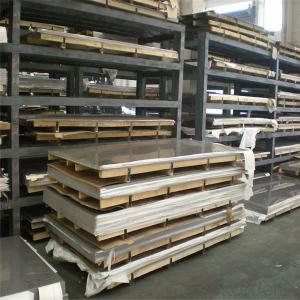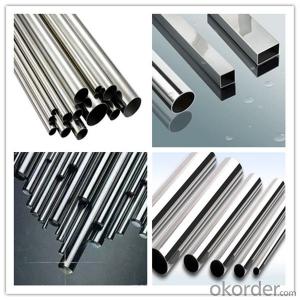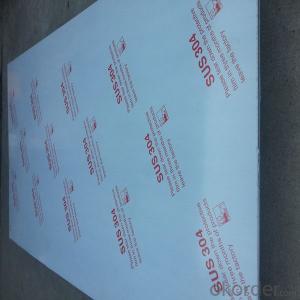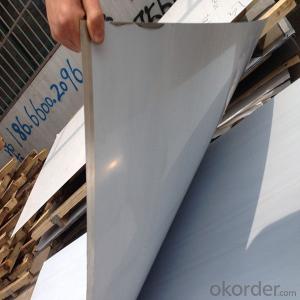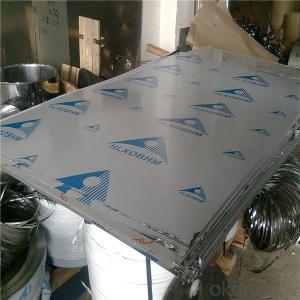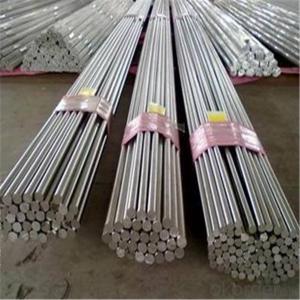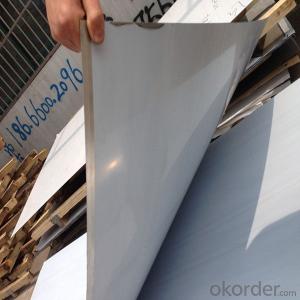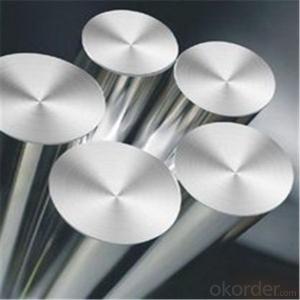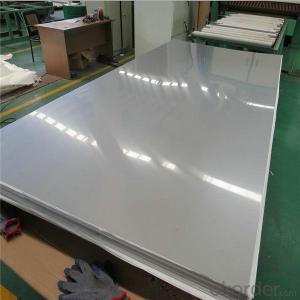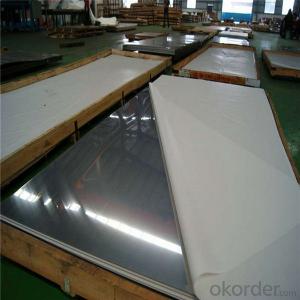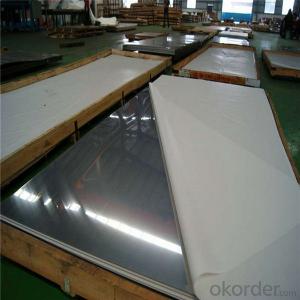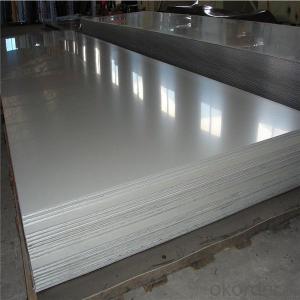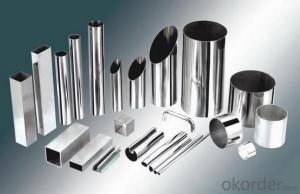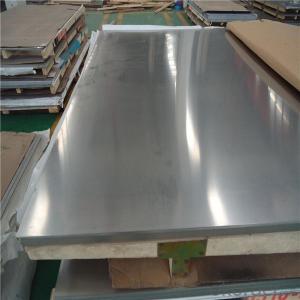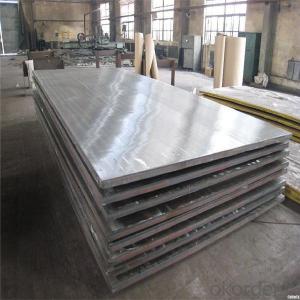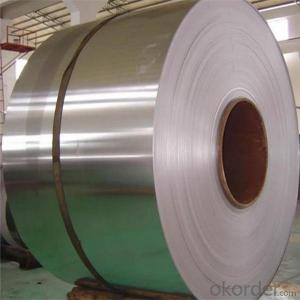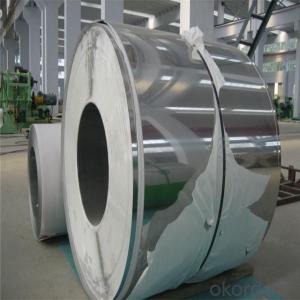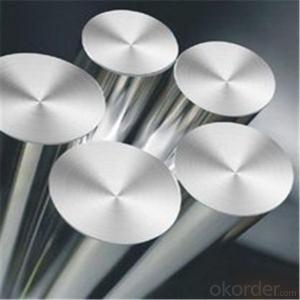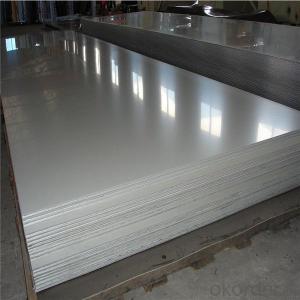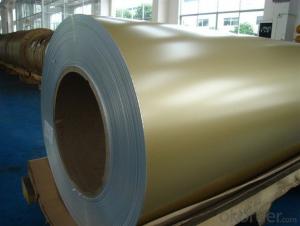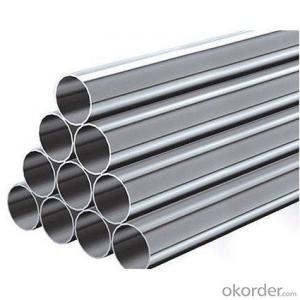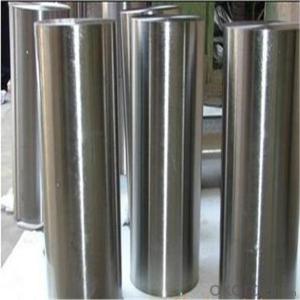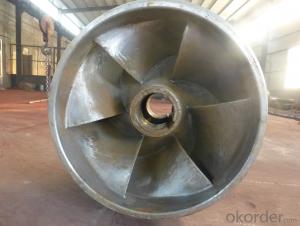Stainless Steel Per Pound
Stainless Steel Per Pound Related Searches
Stainless Steel Price Per Pound Stainless Steel Cost Per Pound Stainless Steel Price Per Kg Weight Of Stainless Steel Stainless Steel Weight Price For Stainless Steel Stainless Steel Price Price Of Stainless Steel Cost Of Stainless Steel Stainless Steel Cost Stainless Steel Prices Price Stainless Steel Density Of Stainless Steel Stainless Steel Pricing Stainless Steel Strength Stainless Steel Weights Stainless Steel Density Stainless Steel Price Chart Hardness Of Stainless Steel Stainless Steel Numbers Stainless Steel Hardness Stainless Steel Stock Scrap Price For Stainless Steel Price Of Scrap Stainless Steel Stainless Steel Sheet Price Stainless Steel Scrap Pricing Stainless Steel Mohs Hardness Stainless Steel Powder Price Of Stainless Steel Scrap Stainless Steel Recycle PriceStainless Steel Per Pound Supplier & Manufacturer from China
Stainless Steel Per Pound is a collection of various stainless steel products available in different forms such as sheets, bars, tubes, and wires. These products are known for their corrosion resistance, durability, and strength, making them ideal for a wide range of applications. The versatility of stainless steel per pound products allows them to be used in numerous industries, including construction, automotive, aerospace, and food processing. Their ability to withstand harsh environments and maintain their integrity over time has made them a popular choice among engineers and designers.Stainless Steel Per Pound products are widely used in various applications due to their unique properties. For instance, in the construction industry, they are used for building structures, cladding, and roofing because of their resistance to weathering and their aesthetic appeal. In the automotive sector, stainless steel per pound components are used for exhaust systems and other parts that require high durability and resistance to heat. In the food processing industry, stainless steel per pound equipment is preferred for its hygiene and ease of cleaning, ensuring the safety and quality of food products. These versatile materials are also used in the aerospace industry for their lightweight properties and ability to withstand extreme temperatures and pressures.
Okorder.com is a leading wholesale supplier of Stainless Steel Per Pound products, offering a vast inventory to cater to the diverse needs of its customers. With a commitment to quality and customer satisfaction, Okorder.com ensures that the stainless steel per pound products they supply meet the highest industry standards. Their extensive range of products includes various grades and types of stainless steel, such as 304, 316, and 430, which are suitable for different applications and environments. By partnering with Okorder.com, customers can benefit from competitive prices, fast shipping, and excellent customer service, making it a reliable choice for their stainless steel per pound requirements.
Hot Products
